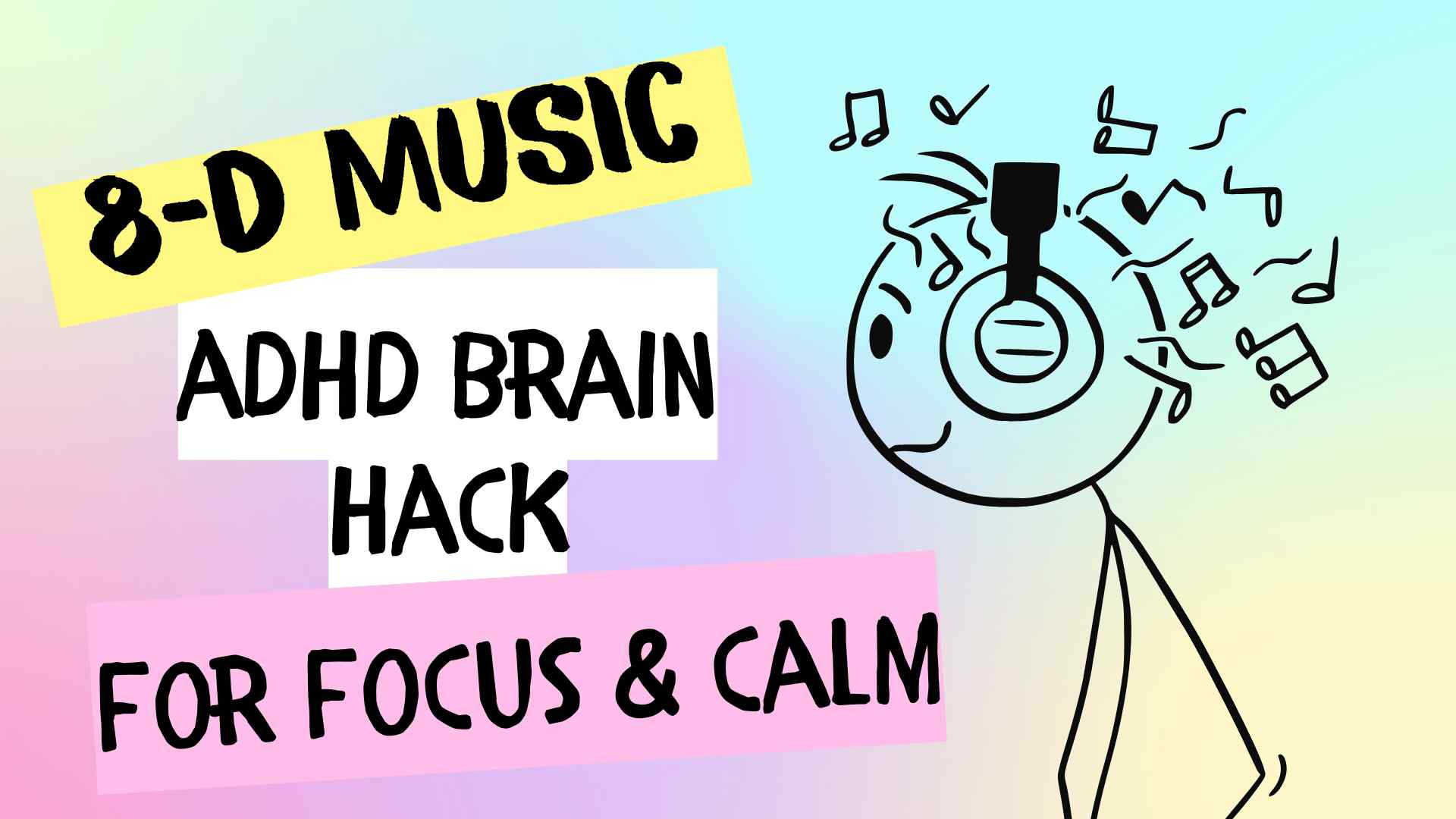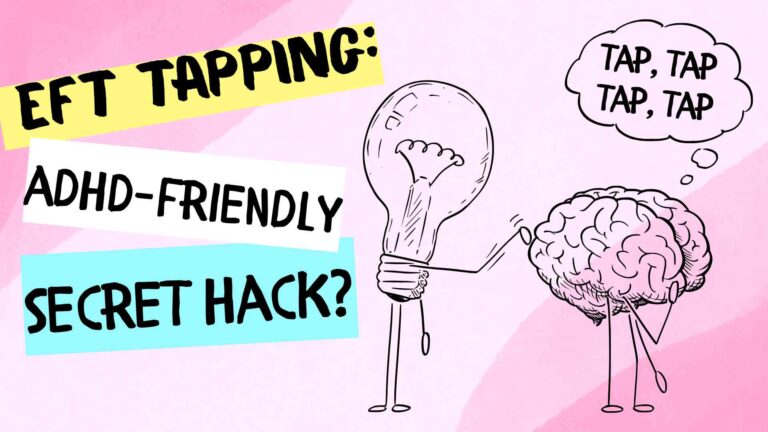8D Audio: The ADHD Brain Hack You Didn’t Know You Needed

Alright, let’s talk about 8D audio—because if you have ADHD, you know the struggle of trying to focus when your brain is basically a browser with 47 tabs open.
You ever listen to music and feel like it’s just… there? Like, it’s playing, but it’s not really doing anything for you? That’s where 8D audio comes in. It’s not just sound—it’s an experience. It moves around your head, shifts from ear to ear, and basically tricks your brain into thinking you’re inside the music. And for ADHD minds? This is a game-changer.
Table of Contents
What Even Is 8D Audio?
8D relief music is a type of immersive audio experience designed to promote relaxation, focus, and stress relief. It uses binaural panning and spatial effects to create the illusion that sound is moving around the listener, making it feel more engaging and soothing.
Instead of just sitting in your ears, it dances around your head, keeping your brain engaged in a way that regular music just doesn’t.
Many 8D relief tracks incorporate healing frequencies, such as 432 Hz, which is believed to enhance relaxation and mental clarity. Some versions are specifically designed for ADHD focus, deep relaxation, or even headache relief.
Is 8D audio the same as binaural beats?
No, 8D music and binaural beats are not the same, though they share a connection. 8D music is a type of audio that creates the illusion of spatial sound, often with sound effects like panning or reverb, to make the listener feel like the sound is moving around them according to Spatial Mastering.
Binaural beats, on the other hand, are a psychological phenomenon where the brain perceives a third tone when two different tones are played in each ear.
The Connection: Both 8D music and binaural beats rely on the way the human brain processes and interprets sound. 8D music can incorporate binaural beats, often to enhance the immersive experience and potentially induce relaxation or focus.
What about 10D and 15D audio?
Yep, it’s confusing. There is a concept of “10D music.” though it’s more of a marketing term than a scientifically accurate descriptor. It essentially refers to audio that utilizes panning effects and spatialization to create an immersive listening experience, often compared to 8D or 9D audio. While not a literal “10th dimension” of sound, it aims to trick the listener into perceiving sounds as coming from all around, above, and below.
Passing this tip on from a Youtube comment: “If you want 10d press your headphones into ear sides to get 8d it works and it’s beautiful.”
There is also something referred to as “15D music,” which is likely just a variation of 8D music. While “15D” is not a formally recognized term in audio technology, it builds upon the concept of 8D music, which uses binaural techniques and spatialization to create a sense of depth and immersion in audio.
Why ADHD Brains Love It
If you’ve got ADHD, you know that focus is a fickle beast. Some days, you’re hyperfocused on the most random thing (like researching the history of spoons at 2 AM), and other days, you can’t even remember why you walked into a room.
Here’s why 8D audio might be your new best friend:
- It keeps your brain engaged – The movement of sound keeps your attention locked in, making it easier to focus on tasks.
- It’s sensory stimulation without overload – Instead of chaotic noise, it’s structured and immersive, giving your brain just enough stimulation to stay interested.
- It helps with relaxation – ADHD brains tend to run at full speed all the time. 8D audio, especially with calming music, can help slow things down.
- Dopamine boost – ADHD is linked to lower dopamine levels, and engaging, immersive experiences (like 8D audio) can help activate those reward pathways.
- Great for sleep and meditation – If your brain refuses to shut up at night, 8D audio can help drown out distractions and create a soothing environment.
One partaker exclaimed, “My first night actually sleeping!” Some people with ADHD brains struggle with racing brains interfering with sleep – it this is you, try 8D music!
This 8D music video has some interesting sound effects in. I think it kept my ADHD brain more engaged!
How to Try It
Grab your headphones (this won’t work on speakers), hop onto YouTube or Spotify, and search for 8D audio. There are playlists for everything—lo-fi beats, classical music, even your favorite pop songs remixed into 8D.
My advice: keep trying until you find something you like. The first Youtube video I listened to was awful! One commentor said “WHY does everyone make it so /spacey/ and ominous?”
Remember, 8D audio is not the same as binaural beats.
Here is an example of taking a popular 80s song (Survivor, “Eye of the Tiger”) and remixing it as an 8D song.
Final Thoughts
Look, ADHD brains don’t play by the rules. We need hacks, tricks, and unconventional solutions to make life work. 8D audio is one of those weird little things that might just help you focus, relax, or even enjoy music in a way you never have before.
Try it out and let me know—does it work for you, or is your brain still bouncing between 12 different thoughts at once?




